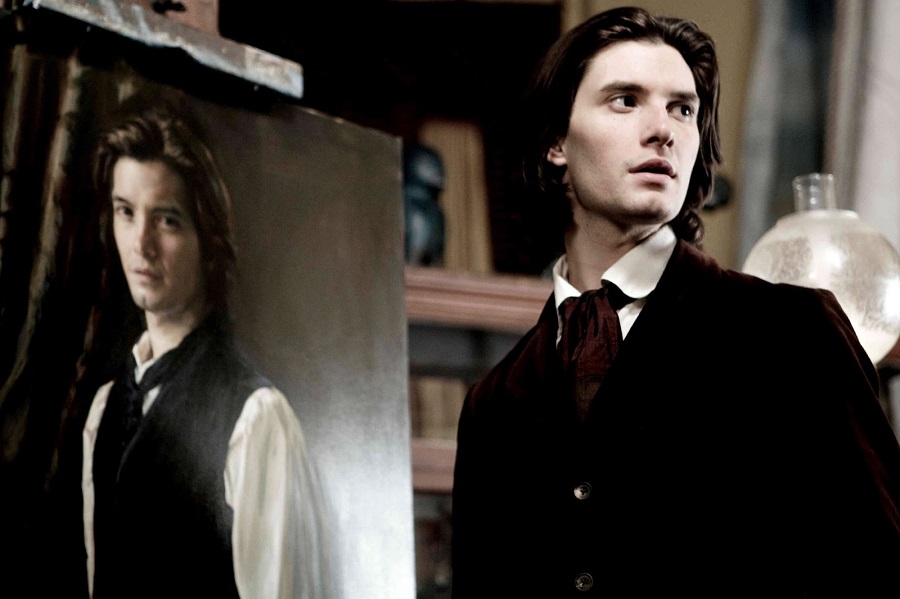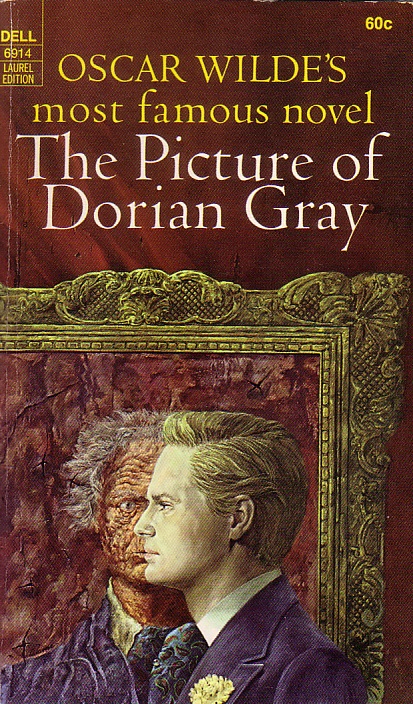What do we do if a portrait dies for us, and we get immortality? What do we do if a picture taints and ageing for us, and our life will never pass? We all painted a portrait, hung them inside our homes, and let them die, and we lived forever as young as we were. Is that going to happen if this is real?
The Picture of Dorian Gray, a classic novel by Oscar Wild, tells the crazy story of a portrait of a guy who never died and was tainted by a painting. The most disturbing aspect of Oscar Wild’s Dorian Gray is eternity and the love of youngness, a Western ‘Yayati’ who exchanges his old age for his son Puru and becomes young. In Oscar Wild, philosophical fiction, Dorian Gray sells the soul to a portrait of him done by his artist friend, and he becomes an ageless youth.
Love and Hatred of Painting
Dorian Gray is a gothic Victorian tale that tells the story of a man, his desire for youngness, and his relationship with his portrait that gave him the eternity of being young. The novel and the movie adaptations always set up new horizons of life and youngness; Arifa Akbar, a critique in Guardian news, asks, ‘If Dorian Gray were reborn in our age, it seems entirely fitting that he would be a social media star obsessing over his image. So, it makes great intuitive sense for this adaptation of Oscar Wilde’s novel to situate its protagonist in the center of the digital whirl of 2021.
We are in the picture-production age of social media; we produce enormous images daily and consume likewise. Do any pictures, including selfies, offer us eternity or help us prevent ageing? In the novel’s first chapter, a character is surprised when the artist is not ready to exhibit his work in the gallery, asks his why, and makes a statement about the strangity of the artists: ‘What strange people you artists are! You want to be famous, but then you’re not happy when you are famous. It’s bad when people talk about you – but it’s much worse when they don’t talk about you.’

Yes, being an artist is a crazier thing than being an ordinary man. The artist has an answer to why he isn’t interested in the exhibition of his painting in the show: ‘When an artist feels strongly about a portrait, it becomes a portrait of himself, not of the sitter. The artist paints the face and body of the sitter, but in fact, he shows his feelings. I won’t exhibit this portrait because I’m afraid it shows the secret of my heart.’
The portrait is the central figure of this novel and the movies; Gray is a hurried, absurdly romantic young man, a near-impossible person to live normally and animate into films and life.
At some point, Gray realised that he would be old and the picture would always be young; his heart grew cold with fear, and he replied: ‘I wish that I could always stay young and that the picture could grow old.’ Why this absurd thought he was having because he believes, like everybody, ‘youth is the most essential thing in the world’, and he wishes the picture could change and he could stay as he is.
The artist understands the dangers of Dorian’s thought, and he says, ‘It’s my best work, but now I hate it. I will destroy it now before it destroys our friendship.’ After finishing the portrait, Dorian Gray starts to love it and lives with it. The artist realised the reality of painting and was told to stay with the real Dorian Gray while Dorian and Lord Henry went to the theatre. The picture of Dorian Gray slowly becomes a real character of him.
The Young Man in Love
Dorian Gray starts to love someone except his portrait but is fed up suddenly and stays away from her because she lost her art, and tells her, ‘Without your art, you are nothing’. This classic text is about the art and the beauty of art, and it is said absurdly and philosophically. When he was cruel to his lover, he realised that the portrait had been changed; therefore, his wish to be younger and the picture of ageing slowly became true.

The horrible truth is haunting Dorian Gray, and he doesn’t allow even the artist who painted that portrait to look again; Dorian is afraid the artist might notice that the portrait changes according to his sins. Dorian locked his picture in a room, kept the key, and could not open it. He lived happily as a young and fashionable man, studied art and music, never stopped searching for pleasure, and became hungry for evil pleasures, increasingly in love with the beauty of his face, more and more interested in the ugliness of his soul. Each of his sins changes his portrait, and people never believe his evil stories because of his good-looking face. His house is famous for the finest dinner, and people gathered every night while his picture of Dorian Gray grew older yearly; that portrait showed the dark secrets of his life; the heavy mouth, yellow skin, and cruel eyes told the real story.
Dorian Gray went secretly to the room and looked first at the ugly and terrible face in the picture, then at the beautiful young face that laughed back at him from the mirror.
The Final day
The final day comes in Dorian Gray. The artist came to meet Dorian just before he left London for a while after many years of finishing the portrait. Dorian is ready to show that portrait after years of his evil life, and the artists were aware of the cruel stories about Dorian that were spreading in the street by street and mouth by mouth. Dorian uncovered the portrait for the artist after years and invited him to see the soul of Dorian, which suffered a lot because of the changes that transpired by the sins of Dorian.
The artist cried with horror when he saw the terrible face in the portrait. There are no hints of the old look in there, and the artist said, ‘If this is the face of your soul, then you are more evil than the worst of the stories about you.’
The most beautiful and horror thing is our life is reflected in our faces. What we are is there in our front or activity, then how those things are exposed ourselves. The Dorian Gray portrait is a classic absurd thought that gives us a sermon on human life and the connections between ourselves and our portrayal of life.
The Danish Girl: Portrait of Transition, Picturing a Visual Myth

Krispin Joseph PX, a poet and journalist, completed an MFA in art history and visual studies at the University of Hyderabad.





